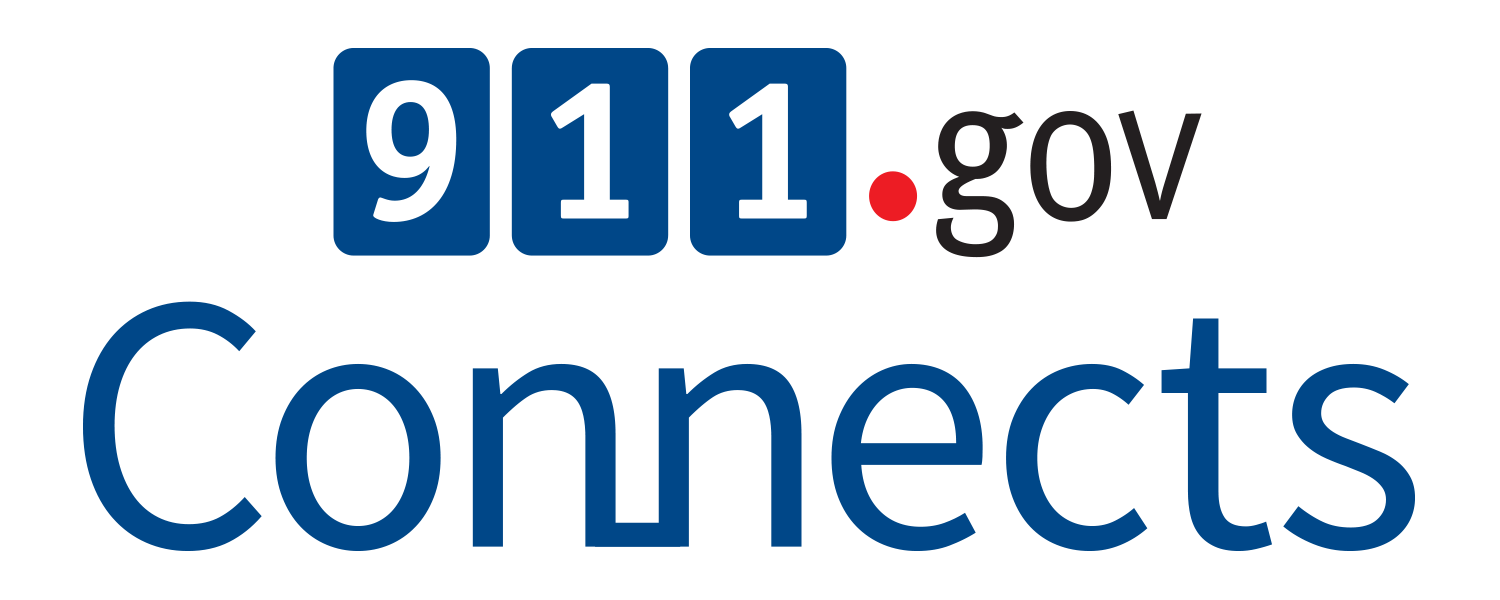Webinar Highlights Resources and NG911 Adopter Successes
The DHS OEC discusses their free technical assistance offerings, and the New York State Office of Information Technology Services shares updates on their statewide address database project.
DHS/OEC. The emergency communications landscape has changed greatly in the last decade. The emergence of smart phones, social media and the transformation of public information sharing have accelerated the need for a technologically advanced and data-driven emergency communications system. So how is the Federal government helping states and counties utilize new technology and information that is at the public’s fingertips?
The answer is through collaboration. In 2007, the DHS created the OEC, and a year later released the first National Emergency Communications Plan (NECP). In 2014, they updated the plan to include a more holistic strategy for emergency communications by bringing together Federal bodies involved in the effort and incorporating elements related to NG911 and broadband planning.
The OEC Technical Assistance (TA) Branch executes much of the policy behind the strategic plan elements outlined in the NECP. Serena Maxey, Branch Chief of the Technical Assistance Branch, shared that the branch’s broader goal is to support and advance interoperability for all 56 states and territories through strategic statewide planning, state-requested and national priorities technical assistance.
The branch offers training programs for 911 agencies and state officials interested in NG911 through educational resources, in-person courses and a collaborative community. The curriculum focuses on policy, steps to begin implementation, training program implementation and public education initiatives.
States interested in getting OEC technical assistance may do so through a statewide interoperability coordinator (SWIC), their OEC regional coordinator, or by emailing the OEC directly. A roster of regional coordinators can be found on the OEC website.
New York State Office of Information Technology Services. Cheryl Benjamin of the New York State Office of Information Technology Services, Street and Address Maintenance (SAM) Program shared the state’s experience in building an address points file to support NG911, and integration plans with statewide streets database. Initiated in 2011 using National Broadband Mapping funds, the SAM project aims to:
Create a statewide address database to support NG911 and other purposes
Support high-quality geocoding and address matching for public and widespread use
Incorporate the needs of the 911 community and public safety stakeholders
Foster community outreach through regular meetings with the GIS community, local IT directors, the National Emergency Number Association (NENA) and various vendors and consultants
“Constant education and communication were key in maintaining these partnerships”, said Cheryl. The project created new address points and standardized, validated, and enhanced the accuracy of existing address points across the state, which covers 54,000 square miles and is the home of more than 19 million citizens. Nearly five million structure location/address points were produced, and every county in the state is represented in the database.
The SAM project continues to ensure QA/QC by testing random samples of address and map data, and works with individual counties on keeping the database clean. More information about the program and links to the database are available online.
A full recording of the webinar is available on the 911.gov YouTube page.



